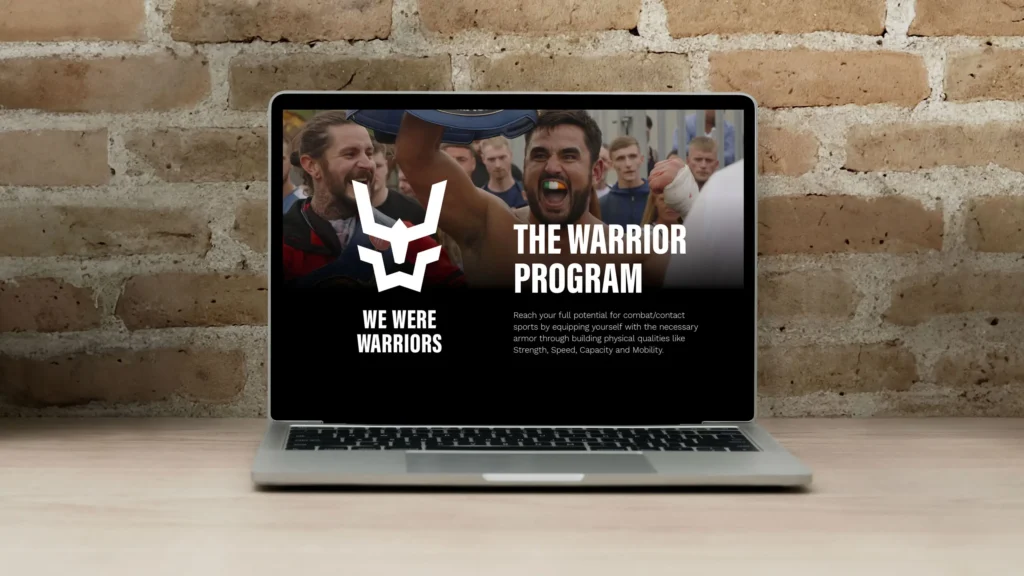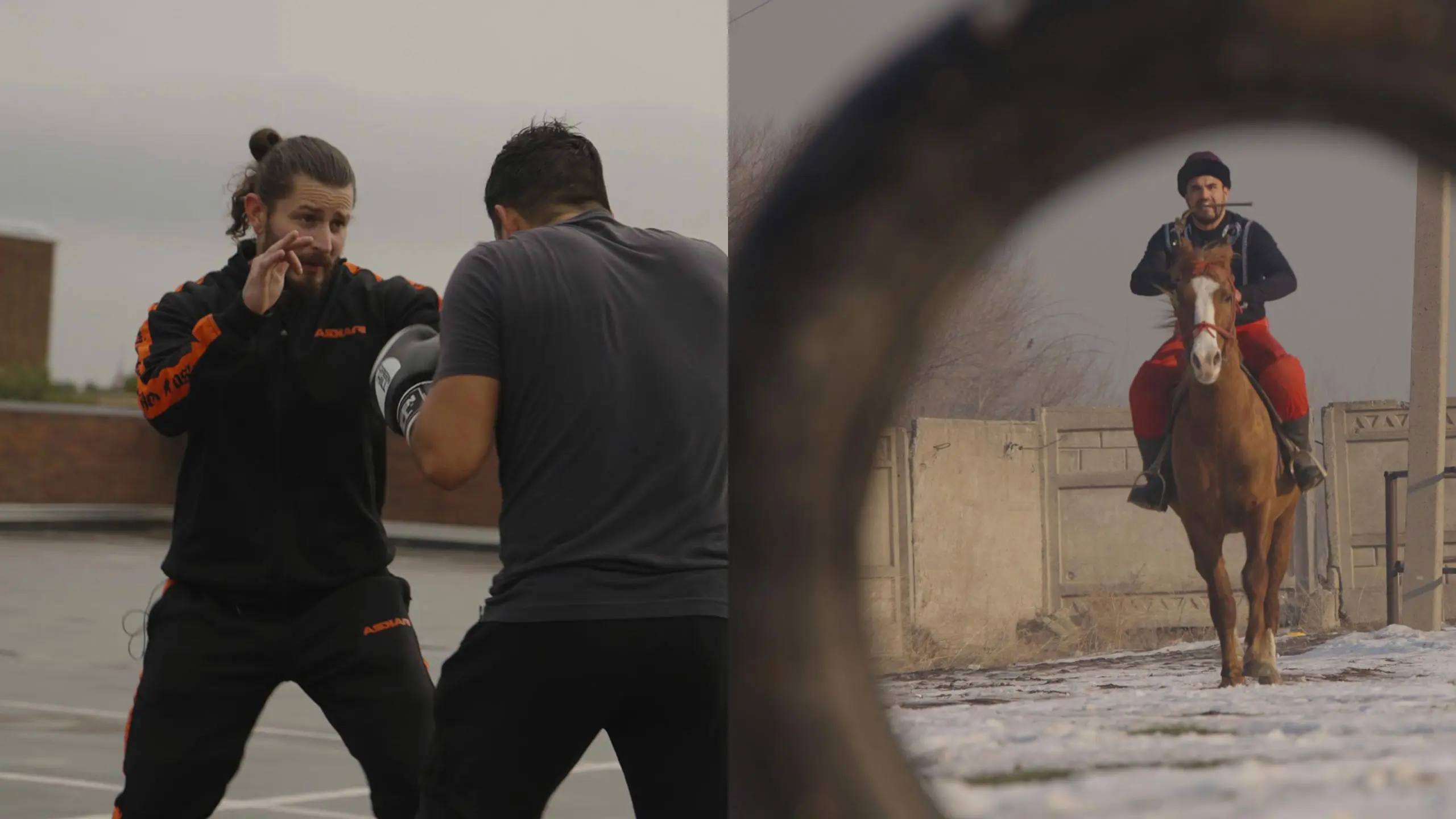
While weighing in at a whopping 108kg at my highest weight, I actually was considered a lightweight hooker/ prop forward in my rugby team, where I often would still be the lightest front rower in the lineup. Now, since this documentary series started I often weigh in at cruiser weight as I slimmed down to 88kg. The weight is not the only change, as I train differently now to when I used to play rugby. One thing didn’t change as much, as I still did the old gym routine I grew accustomed to. And it did not help me. The more I worked out in the gym, the more sluggish and slow I felt performing martial arts. So I started asking around: Why do we train like bodybuilders, if we want to perform like athletes?
As one of my coaches once said, “you should train like you play” and he wasn’t talking about intensity alone. The sports we participate in demand functional strength, balance and explosive power. And that is not required by lifting weights alone. Today, we delve into the art of adapting strength training for martial artists, emphasizing functionality over bulk, speed over size, and power over aesthetics.
Martial arts, by nature, require a harmonious blend of strength, speed, agility, and endurance. Unlike bodybuilding, where the goal is to sculpt the physique for aesthetic purposes, martial artists seek a balanced and functional approach to enhance their performance in the ring. Let’s break down the key components that should shape your strength training program.
Personally, I now quite enjoy it to wake up early. You feel like you have a head start on the world that’s still asleep, and you can calmly organize your thoughts for a good start to the day. Little sidenote: Make your bed right away, then you’ve already completed the first task of the day. And if the day doesn’t go as planned, you’ll have a nicely made bed waiting for you in the evening, inviting you to try again the next day. Also, start with a large glass of water. This has numerous benefits, from promoting the removal of toxins to boosting your metabolism.
Martial artists need explosive power to execute swift and precise movements. Incorporate plyometrics and Olympic lifts into your routine to enhance fast-twitch muscle fiber activation. Box jumps, medicine ball throws, and power cleans can significantly contribute to explosive power development.
A strong core is the epicenter of martial arts and athletic performance. Engage in exercises that target the core muscles, including planks, Russian twists, and anti-rotational movements. A stable core not only improves balance but also facilitates powerful strikes and seamless transitions.
Mimic the intensity and duration of your sport through interval training and sport-specific conditioning drills. High-intensity interval training (HIIT) can help replicate the bursts of energy required during martial arts bouts, enhancing both aerobic and anaerobic capacity.
Unlike the static nature of bodybuilding, martial arts demand a high degree of flexibility and mobility. Include dynamic stretching, yoga, and mobility exercises in your routine to improve joint range of motion and prevent injuries.
While bodybuilding routines undoubtedly build muscle mass, they often neglect crucial elements necessary for optimal athletic performance. The emphasis on isolation exercises and hypertrophy can lead to imbalances, reduced flexibility, and a lack of functional strength – aspects that are detrimental to martial artists aiming for peak performance.

Dear martial artists and athletes, the key to unlocking your full potential lies in the art of tailored strength training. Embrace functional movements, cultivate explosive power, fortify your core, prioritize sport-specific conditioning, and enhance your mobility. Remember, it’s not about sculpting a physique for the stage but about crafting power for the arena.
Try out our free Warrior Program, all maxed out to aid you in your athletic development for optimum performance! As you embark on this journey, consult with knowledgeable coaches who understand the unique demands of your sport. Book your spot now, for online 1on1 consulting with our Strength & Conditioning Experts.
Together, let’s go for greatness, one day at the time. Where strength is not just measured in muscle mass, but in the dynamic prowess that sets you apart as a true warrior in and outside of the ring. Train smart, train purposefully, and may your strength be a force to be reckoned with!
The documentary series “We Were Warriors” is a story of one man’s quest to discover the true meaning of strength, courage, and discipline through immersive training and firsthand experience with some of the world’s most skilled martial artists.
© 2025 – We Were Warriors – Terms & Conditions – Refund & Returns Policy – Privacy Policy – Cookies